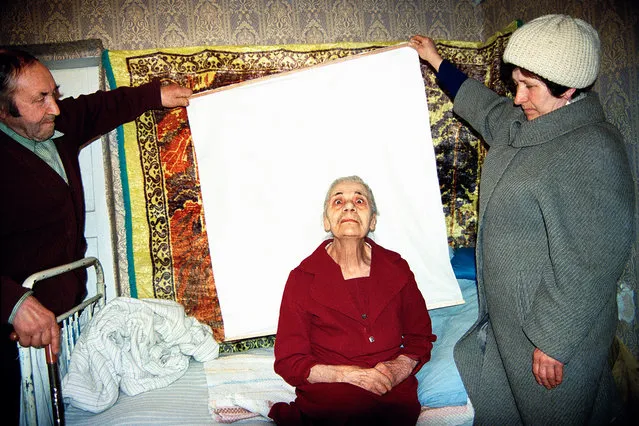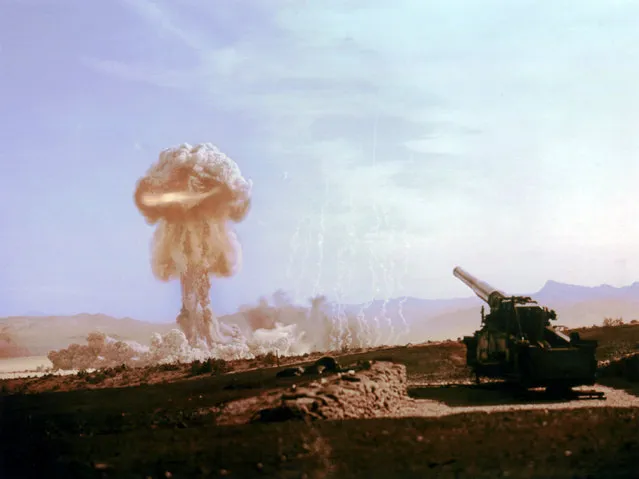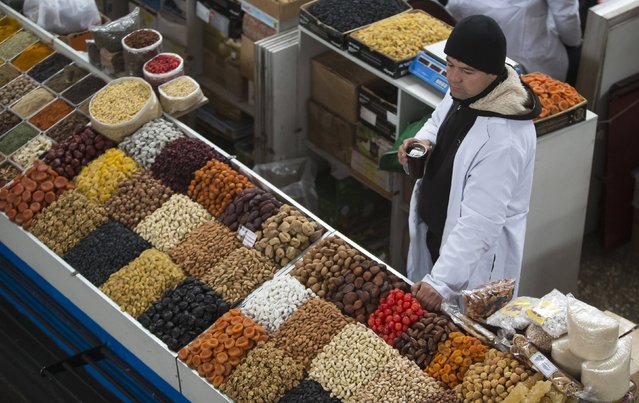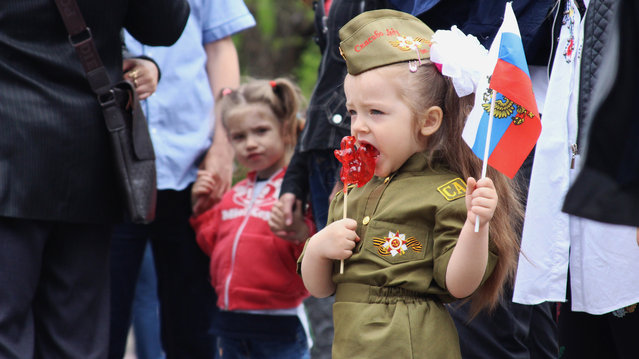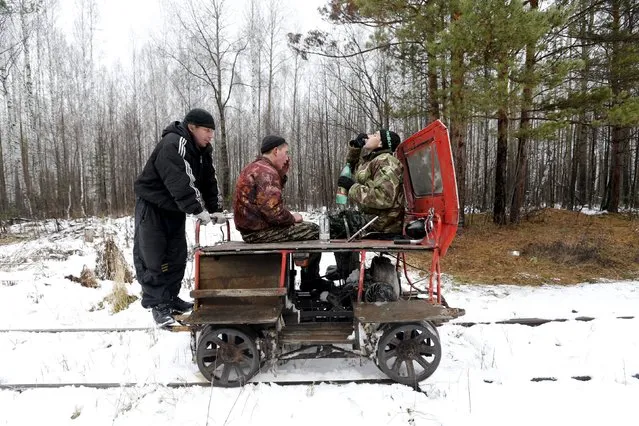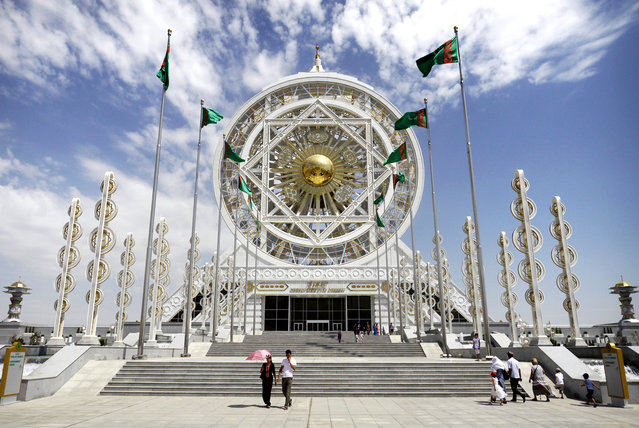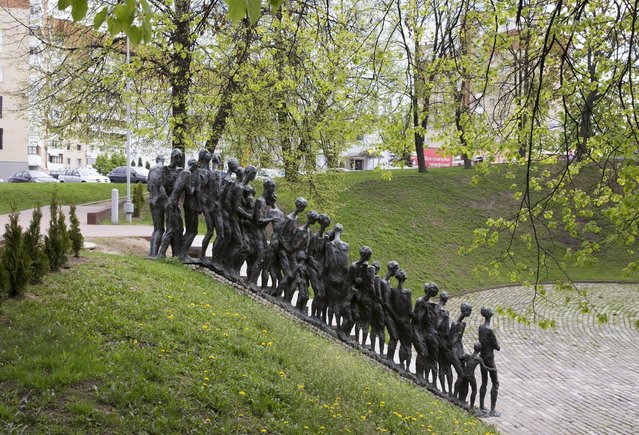
The “Yama” (Pit) memorial is seen in the centre of Minsk May 5, 2015. The memorial is dedicated of the destruction of the Minsk ghetto during World War Two, when several hundred thousands of Jews were slaughtered. Belarus will mark Victory Day on May 9, the 70th anniversary of the Soviet Union's victory over Nazi Germany. (Photo by Vasily Fedosenko/Reuters)
07 May 2015 12:38:00,post received
0 comments

